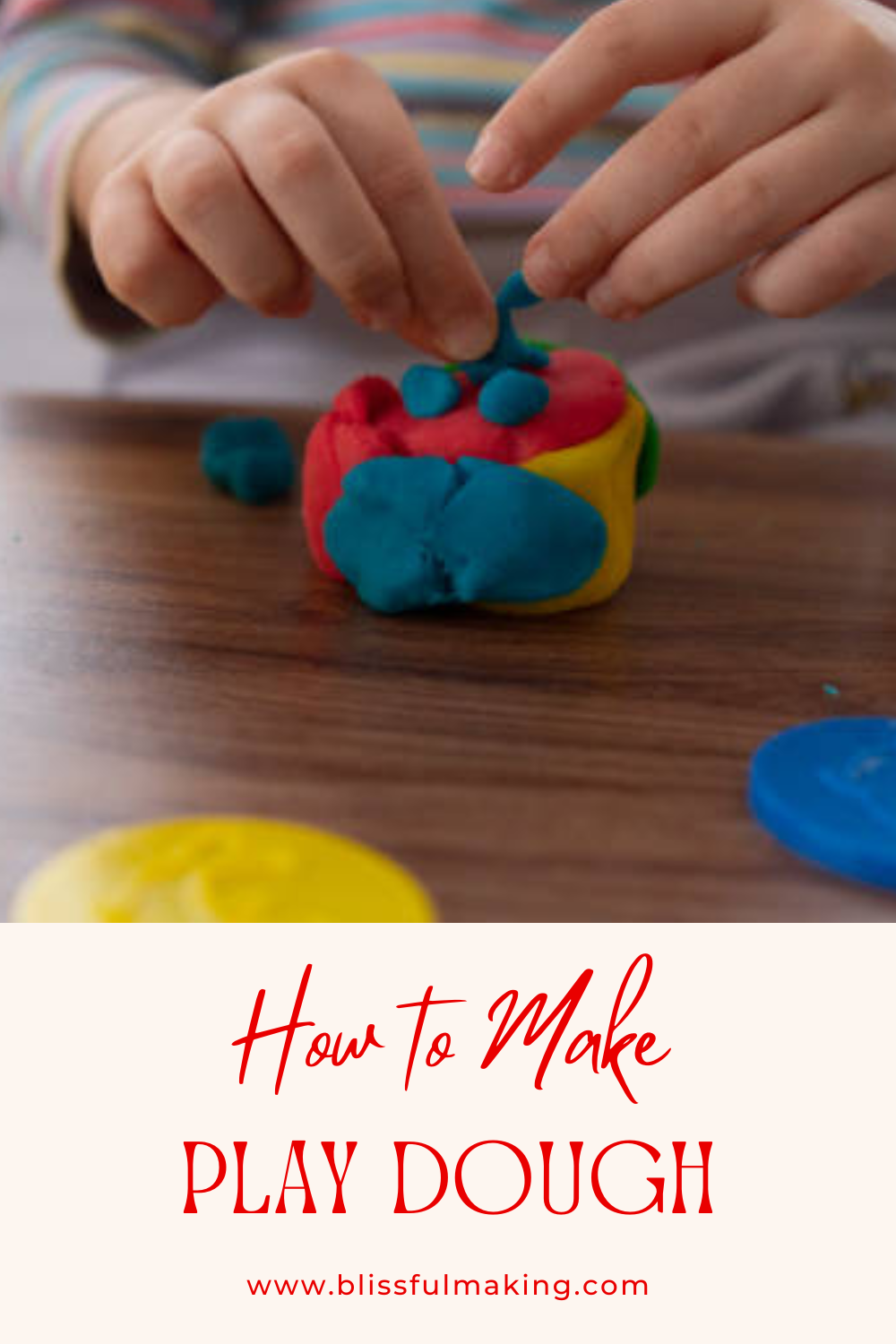Fun Earthquake Experiments for Kids
Why Do Earthquakes Happen?
Before we dive into the experiments, let’s quickly talk about earthquakes. The Earth’s surface is made up of massive pieces called tectonic plates. These plates are always moving—very slowly, but sometimes they get stuck. When they suddenly slip or move past each other, the ground shakes, and that’s an earthquake!
Experiment 1: Build Your Own Earthquake-Proof Structure
What You Need:
- Marshmallows or mini marshmallows
- Toothpicks
- A tray or flat surface
- A shaky hand (or a partner to help shake the tray!)
What to Do:
- Use marshmallows and toothpicks to build a small tower or building. Try different shapes—tall and skinny, short and wide, or a pyramid.
- Place your structures on a flat tray.
- Shake the tray gently to simulate an earthquake. Watch which buildings stay up and which ones fall!
- Experiment by reinforcing your structures. Does adding more toothpicks or a wider base make them stronger?
What’s Happening?
Engineers design buildings to withstand earthquakes by using flexible materials and wide bases to keep them stable. Your marshmallow towers work the same way—some designs will be stronger than others!
Experiment 2: Make Your Own Seismograph
What You Need:
- A cardboard box
- A marker
- String
- A small paper cup
- Tape
- Paper
What to Do:
- Punch two holes in the top of the paper cup and attach the string.
- Hang the cup inside the cardboard box so it dangles freely.
- Tape the marker inside the cup so that the tip points down.
- Place a strip of paper underneath the marker and slowly pull the paper while shaking the box.
- Watch as the marker draws squiggly lines—the bigger the shake, the bigger the waves on your “seismogram”!
What’s Happening?
Scientists use seismographs to record earthquake waves. The bigger the squiggles on your paper, the stronger the earthquake!
Experiment 3: Liquefaction in Action!
What You Need:
- A clear plastic container
- Sand
- Water
- A small toy house or Lego structure
What to Do:
- Fill the container halfway with sand.
- Slowly add water until the sand is damp but not flooded.
- Place your toy house or Lego structure on top.
- Gently tap the side of the container or shake it lightly—watch how the house starts to sink!
What’s Happening?
During some earthquakes, the ground can act like a liquid, making buildings sink. This is called liquefaction, and it can cause a lot of damage in real earthquakes!






